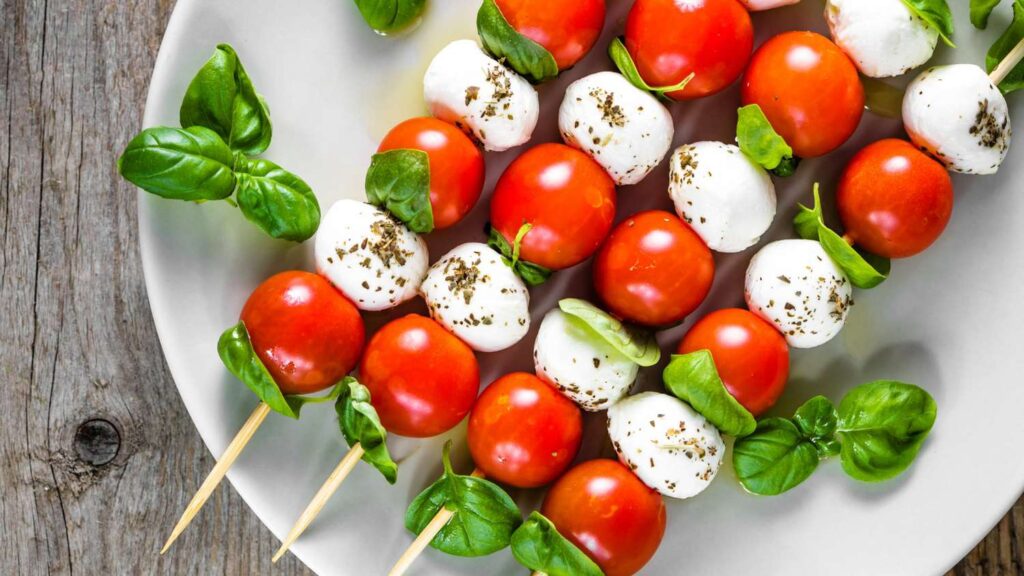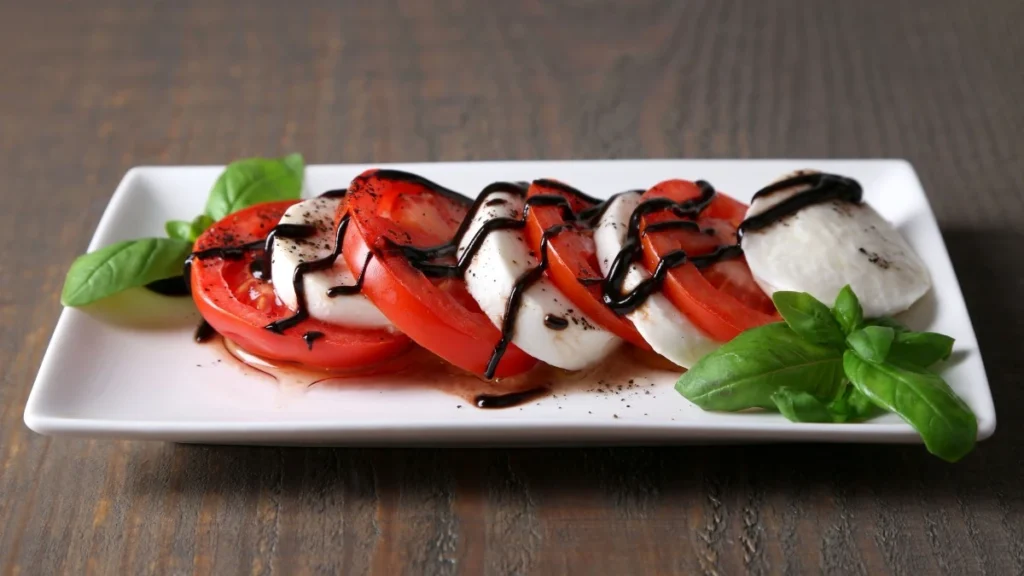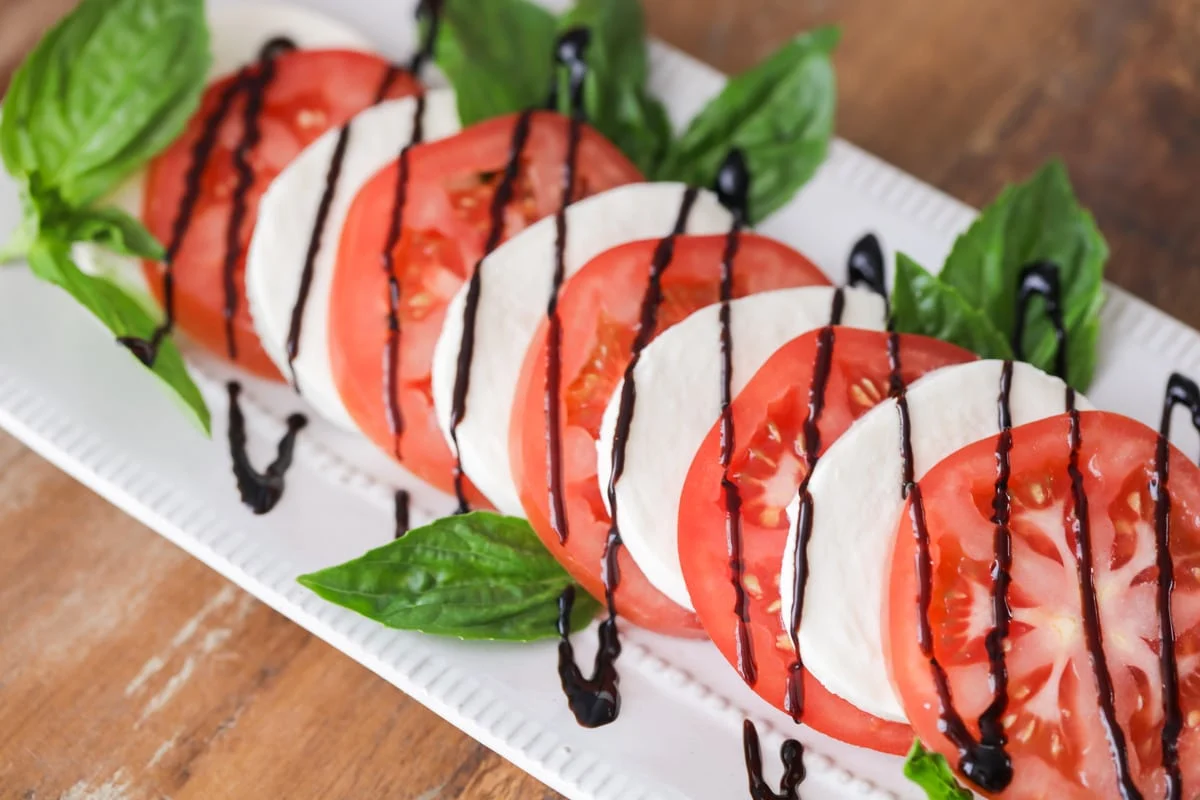Summer is the perfect time to shed those extra pounds and embrace a healthier lifestyle.
And what better way to do that than by indulging in delicious, nutritious summer salads? Packed with vitamins, minerals, and fiber, salads are not only refreshing but also incredibly effective for weight loss.
In this article, we’ll explore seven simple steps to help you lose fat with summer salads, so you can look and feel your best all season long.

1. Choose the Right Greens
The foundation of any good salad is fresh, nutrient-rich greens.
Opt for dark, leafy greens like spinach, kale, or arugula, which are low in calories but high in essential nutrients like vitamins A, C, and K.
These greens also contain plenty of fiber, which can help keep you feeling full and satisfied for longer.
2. Add Lean Protein
To make your summer salad more satisfying and keep hunger at bay, be sure to include a lean source of protein.
Grilled chicken breast, tofu, chickpeas, or hard-boiled eggs are excellent choices that will help build and repair muscle while supporting your weight loss goals.
Protein also has a high thermic effect, meaning your body burns more calories digesting it, further aiding in fat loss.
3. Load Up on Colorful Veggies
Incorporating a variety of colorful vegetables into your salad not only enhances its visual appeal but also boosts its nutritional value.
Bell peppers, tomatoes, cucumbers, carrots, and radishes are just a few examples of nutrient-dense veggies that add flavor, texture, and antioxidants to your salad.
Aim to fill at least half of your plate with these vibrant veggies for maximum health benefits.
4. Watch Your Dressing
While dressings can take your salad to the next level, they can also add unnecessary calories and fat if not chosen wisely.
Opt for homemade dressings made with healthy fats like olive oil, balsamic vinegar, lemon juice, and herbs.
Alternatively, you can use store-bought dressings, but be sure to check the labels for added sugars and unhealthy fats, and stick to the recommended serving size.

5. Incorporate Healthy Fats
Don’t shy away from fats in your summer salads, as long as they’re the healthy kind! Adding avocado slices, nuts, seeds, or a sprinkle of feta cheese not only enhances the flavor and texture of your salad but also provides essential fatty acids that support heart health and keep you feeling full and satisfied.
Just remember to portion control, as fats are calorie-dense.
6. Mind Your Portions
While salads are generally low in calories, it’s still important to watch your portions, especially if you’re trying to lose weight.
Use a smaller plate or bowl to help control portion sizes, and be mindful of your toppings and dressings.
Eating slowly and savoring each bite can also help prevent overeating and promote better digestion.
7. Stay Hydrated
Lastly, don’t forget to stay hydrated, especially during the hot summer months.
Drinking plenty of water throughout the day not only helps flush out toxins and support proper digestion but also keeps you feeling full and energized.
Consider adding hydrating ingredients to your salads, such as juicy watermelon, cucumber slices, or citrus fruits, to boost your hydration levels even further.
Conclusion:
In conclusion, summer salads are not only delicious and refreshing but also incredibly effective for weight loss when prepared mindfully.
By following these seven simple steps – choosing the right greens, adding lean protein, loading up on colorful veggies, watching your dressing, incorporating healthy fats, minding your portions, and staying hydrated – you can create nutritious, satisfying salads that will help you shed fat and feel your best all season long.

FAQs (After Conclusion):
1. Can I eat salads every day to lose weight?
While salads can be a healthy part of a weight loss diet, it’s important to vary your meals and include a balanced mix of protein, carbohydrates, and fats to ensure you’re meeting all of your nutritional needs.
2. Are all salad dressings unhealthy?
Not all salad dressings are unhealthy, but many store-bought dressings contain added sugars, unhealthy fats, and preservatives.
Look for dressings made with natural ingredients and healthy fats like olive oil and avocado oil.
3. Can I eat too many vegetables in my salad?
While vegetables are nutritious and low in calories, it’s still possible to overeat, especially if you’re loading up on high-calorie toppings and dressings.
Be mindful of your portion sizes and aim for a balanced mix of vegetables, protein, and healthy fats in your salad.
4. Are fruit salads good for weight loss?
Fruit salads can be a healthy option for weight loss, as fruits are low in calories and packed with vitamins, minerals, and fiber.
Just be mindful of portion sizes and avoid adding sugary dressings or toppings.
5. Can I replace meals with salads to lose weight faster?
While salads can be a healthy meal option, it’s important to eat a balanced diet that includes a variety of foods to ensure you’re getting all of the nutrients your body needs.
Instead of replacing meals with salads, focus on incorporating them into your diet as part of a balanced, nutritious eating plan.
